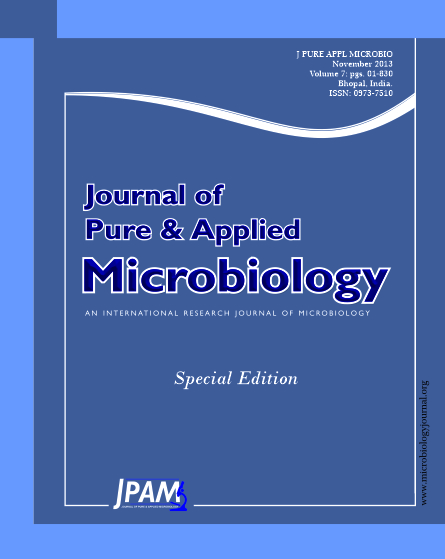Antagonistic activities of 14 fungal isolates were evaluated in vitro against the toxigenic Aspergillus flavus strain isolated form wheat in Saudi Arabia using dual culture technique. Eight of the fourteen fungal strains showed an inhibitory effect to Aspergillus flavus. Non-toxigenic strain of A. flavus and Trichoderma harzianum proved to be highly antagonistic and completely inhibited the aflatoxin B2 produced by the toxigenic A. flavus isolate. Non-toxigenic A. flavus isolate, T. harzianum, T. viride, T. sp and Fusarium moniliforme showed a strong antagonism and inhibited aflatoxins production by 94.13, 91.2, 82.91, 80.1 and 77.68%, respectively. The aggressive behavior towards the toxigenic A. flavus demonstrated by T. harzianum could be explained by mycoparasitism while the inhibitory effect of T. viride and other antagonistic isolates could be explained by liberation of extracellular enzymes secreted by these fungi or production of an inhibitory volatile compounds. Non-toxigenic A. flavus isolate was able to inhibit aflatoxins production by interruption the aflatoxins biosynthetic pathway enzymes in the toxigenic A .flavus strain. These fungal strains which proved to be effective and environmentally safer are useful in limiting or preventing toxigensis of A.flavus isolate and may be applicable as biological control avoiding unwanted health and environment risks of chemical fungicides.
Antagonistic fungi, Biological control, Toxigenic Aspergillus flavus
© The Author(s) 2013. Open Access. This article is distributed under the terms of the Creative Commons Attribution 4.0 International License which permits unrestricted use, sharing, distribution, and reproduction in any medium, provided you give appropriate credit to the original author(s) and the source, provide a link to the Creative Commons license, and indicate if changes were made.


